Desiknio is a relatively new electric bike company that’s leveraging proven motor, battery, and controller systems from Ebikemotion Technologies. I reviewed their single speed model initially, and was excited to dive into the Pinion Classic because the internally geared bottom bracket was brand new to me. This drivetrain can be shifted at standstill, like an internally geared hub, but frees up the rear wheel for a compact geared hub motor, offering assist. There’s a handmade feel to these ebikes, you get to choose from three color options and three frame sizes to maximize fit… but I’m not sure on delivery times and availability. It sounds like some of their models are sold in limited quantities each year. Unfortunately, I did not get to see the light options, fender and rack adapter, or smartphone app that was mentioned in the video review above. Please chime in with your feedback and corrections, as well as photos and tips in the Desiknio forums because it all sounds really neat! I did my best to record all of the stats (even speaking with the founder of the company for an hour before filming). The Desiknio products are minimalist, sleek, and beautiful, but use premium hardware that commands a higher price. I noticed and appreciated the fancy Shimano LX hydraulic disc brakes, Brooks leather saddle and grips, 15mm thru-axle, and quality carbon fiber fork. The fork dampens vibration to improve ride quality and comfort, which is nice on a frame without any suspension. I love how the cables have been internally routed, the battery is completely hidden, and most of the weight is low and centered for stability and easy handling. It’s a bike that’s comfortable to lift because the frame is wide open. It’s lightweight at roughly 34.8lbs, making it easy to carry (even upstairs) so you could store it inside… and you might want to do that, because the primary battery pack is not easily removable. You’ll probably need to store the bike near a wall plug to keep it charged up… and that could be a bummer for commuters who aren’t allowed to bring their bikes in. The Pinion drivetrain offers six gears, making it easier and more comfortable to pedal through hilly terrain. And, it uses a durable Gates carbon belt drive verses a traditional chain, which tends to be twice as durable and much quieter. Theres no cassette or derailleur here that might need adjustment, and you probably won’t ever drop the belt or get messy if your pant leg touches it because there’s no grease. The beauty of this electric bicycle is that it looks much like a traditional acoustic bicycle. The display interface almost disappears on the top tube, so the handlebar is completely open for accessories like phone mounts… which would be very handy to use if you download the smartphone app. For zippy runs around town, this bike is a clear winner. The Desiknio Single Speed Urban won me over with its simplicity and beauty, but the Pinion Classic would be a more practical choice for me personally, because I like to switch gears frequently due to a sensitive knee.
Driving this e-bike is a compact, 250-watt nominally rated, planetary geared hub motor. It hides perfectly behind the 160mm disc brake rotor on the left and full sized 30 tooth belt cog on the right. The rear hangar is a floating design, and offers a horizontal dropout with stainless steel insert on the right, to manage axle bite as the motor produces force. You can definitely hear the motor when operating at full power with a frame mounted camera, but it fades away when you’re actually riding. Geared motors, like this one, freewheel efficiently, so you can coast along without any additional drag or resistance… just a bit more weight. I was told that the motor only weighs ~2.1kg (4.63lbs) and there appeared to be enough space for use with a cassette if you wanted to completely change the drivetrain. With both this multi-speed configuration and the Desiknio single speed, there’s gap between the right side of the motor casing and the sprocket. I was able to see the 20 small magnets near the sprocket interface, and this is what allows the bike to switch on and off so quickly, and why they opted to skip motor inhibiting brake levers. For an efficient ebike like this, with peak output of 350 watts, the brakes seem more than capable and were very easy to use. The final upgrade I noticed with this motor is how the power cable was connected. Rather than protruding from the right axle, like most cheaper designs from Bafang and others right now, this one is tucked between the hub casing and disc brake caliper on the left. It adds to the sleek “hidden ebike” aesthetic, and is going to stay better protected at bike racks and if the bike accidentally tips.
Powering this bike is lower capacity 36 volt 7 amp hour Lithium-ion battery pack that is built right into the downtube. It can slide out the bottom for maintenance or replacement, but requires removal of the bottom bracket Pinion system and crank set. This battery is a blessing and a curse in my opinion. It offers well below the average 350 watt-hour capacity I see on most electric bikes (many now offer 500+ watt hours) but is completely hidden, positioned low on the frame, and reduces the overall weight of the bike. The reason you probably wouldn’t want a more powerful motor on this bike (aside from European regulations) is that it would drain the pack more quickly and severely limit range. The motor and battery work together perfectly, it’s just designed more for active riding where you always pedal and exert some effort. If you are alright pedaling but struggle with hills, the 6-speed Pinion gearbox is a great choice. I really think the Pinion 6 or 12 speed give you everything that the single speed has, and more, but the price is higher and the weight goes up by ~5lbs. I was told that all of these electric bikes use batteries with upgraded Panasonic brand cells, I was also told that there will be a 250 watt hour external bottle-style battery upgrade (which perhaps could be charged off-bike). And, the charger is relatively basic but compact and lightweight, offering 2 amp output. Do be careful when charging however, because the plugin port is situated between the crank arms and could get snagged and broken. It uses a plastic plug interface that didn’t feel as sturdy as some. Finally, the bike did not have a kickstand, so be extra careful when leaning it against a wall, or consider adding one aftermarket.
Operating this bike was a bit confusing for me, to be honest. There’s only one button to work with, a circular physical press button on the top tube, near the head tube. Once the battery has been charged, you simply press this button to activate the bike. It seems like the default startup assist level is green (the lowest level) but it could be white (no assist). To cycle through different levels, simply double press the circular button. It goes from green, to yellow, and then red. I did most of my ride testing in red to get a feel for power and noise, but would occasionally see the LED colors change back to green. Could this have been a reference to the battery level? I tried all sorts of press combinations and eventually decided to power of and then on again, in case anything had been messed up. Powering the bike off takes ~10 seconds, which is quite a long time in my opinion. Six seconds would be more convenient, especially for cold hands or moments where a friend might be waiting. Thankfully, there’s a Bluetooth connected smartphone app with more feedback to draw from. I’m guessing that it shows speed, trip distance, odometer, a more precise battery capacity readout, and possibly a GPS map and user profile. I cannot say however, because that was not available to us at the time of review. One thing that crossed my mind about an app is that you’ll be draining your phone battery with no way to maintain it on the go. It would be nice if there was a USB port somewhere on this ebike to plug into… even though the main ebike battery is relatively limited on capacity itself. I was told that the bike is compatible with two Supernova LED lights that can be wired-in to run off the battery, but am not sure exactly how that works either. The joys of reviewing a brand new ebike! Also, this review is going out a bit late because the company never got back to me about paying a service fee that I usually charge to help support EBR. I just held onto it, focusing on other brands in the meantime, so sorry that it’s a bit out of date now :)
Desiknio reached out to me via email after posting the single speed review to clarify how the display panel works. They told me to press the button for one second to turn the bike on (the system does a diagnostic check on itself and then shows the battery level as white: more than 75%, green: between 50% to 75%, orange: between 25% to 50%, and red: 0% to 25% and blinking faster if 15% or 10%). When you’re ready to change assist levels, just one short click will take you from white: assist off, green: assist 1, orange: assist 2, or red: assist 3. I was told that the bike starts off in level 1, so you get a small level of assist right away. It seems like the assist level color changes after just a few seconds of riding, reverting back to your battery level color (which is why I was seeing green frequently during the ride, despite choosing assist 3 which is red). While adjusting assist levels, a long click of greater than three seconds will turn on and off the lights (if the optional Supernova lights are installed and connected). Once the display reverts back to battery readout, you can hold the button for three more seconds to turn the bike off. Also, you can hold the button for 10 seconds if you want to completely reboot the system (which is what we ended up doing in the video review).
Overall, I really enjoyed this electric bike, especially after comparing it with the Coboc One Soho, a similar looking single speed from a competing brand. The Desiknio products do not offer cadence and torque sensing, but I prefer the default motor performance and refined power cable interface. This is an electric bike that is fun to ride without assist, easy to lift up and store inside (and that’s what I’d probably do given the price and beautiful finish). It would be cool to see a mixte mid-step frame for people who cannot step as high, and I’d probably swap the rigid post with a suspension design to ease tension in my shoulders, back, and neck. For people who want an active experience, something fast and efficient, an ebike that’s fun to pedal but will still help you manage wind and hills, this would be a great option. I would absolutely love to see what it looks and rides like with a Lauf carbon suspension fork, and that’s made possible by the tapered head tube and 15mm thru-axle here. It’s an exciting bike because it’s convenient to ride. There’s a lot less hassle here, except for parking near a power plug and carrying around the charger if you are struggling with range. I wish I had more details for you regarding battery readouts and welcome feedback and questions in the comments below, I’ll do my best to answer.
Pros:
- This electric bike is very lightweight and the drivetrain is durable, there’s no derailleur hanging down off the rear dropout, the belt drive setup here is clean, tough, and quiet, it should hold up well at bike racks or if it tips
- The power cable that runs to the motor is tucked in neatly between the disc brake rotor and left side of the hub motor casing, this protects it if the frame tips and will reduce snags as you ride… it’s beautiful and clean, but there is still a quick disconnect for servicing the wheel, tire, and inner tube
- For me, it’s very impressive to see a purpose-built electric bike like this available in three frame sizes, it probably adds to the higher price but is nice considering the frame only comes in high-step
- The frame has smooth welds and is more hand-crafted and refined than a lot of the cheaper e-bikes I test and review, it looks beautiful
- the frame is well balanced, perfect for lifting up stairs, notice how the battery pack is built into the downtube and the gearbox is low and center
- The hydraulic disc brakes stay cleaner and work better than rim brakes, it’s nice that you can adjust the brake lever reach if you’re wearing gloves or have large or small hands
- Desiknio includes a very compact charger that’s lightweight and easy to toss into a backpack so you can extend your range… this is important because the battery pack on the bike is not easily removable and has a more limited capacity
- Ride quality is pretty good here, the tires offer more air volume, the carbon fiber fork dampens vibration, and the saddle was comfortable… but you could always add a 31.6 mm suspension seat post and Shockstop stem to soften the bumps
- It surprised me to see a 15 mm thru-axle on the fork vs. a traditional 9.8 mm quick release skewer… this feature, combined with the tapered head tube, means you could swap it out for a suspension fork like the Lauf, which would be awesome :D
- It’s neat that the bike is being produced in three color options, the paint appeared to be very well done, there wasn’t a cheap feel to any part of this bike… I was told that custom colors can be done for an additional 250 pounds or so
- Note the black rims, black spokes, black motor casing, black fork, beltring, and cranks… it all looks very nice, and most of the cabling is internally routed to keep the look clean
- It’s neat that Desiknio offers an integrated light package and reflective tires on this model to keep you visible in nighttime riding conditions, the tires also have puncture protection built-in to help reduce flats
- Apparently there’s a lights upgrade where you can purchase Supernova front and rear LED lights that would run off of the main rechargeable ebike battery
- It sounds like there’s an adapter for the rear seat stays, some sort of bridge, that would allow you to mount a proprietary rack and maybe fenders to add utility for commuting
- I was told that the bike uses CAN BUS communications protocol (like an automobile) which makes diagnosing motor, battery, and controller issues much easier
- The motor utilizes a 20 magnet system with 2 hall sensors for pedal assist, it felt very responsive and fluid to me, almost like a torque sensor at first
- In addition to the Class 1 European 15.5mph limited model, it sounds like Disiknio will also be releasing a US version that an reach 20mph for people who prefer to ride a bit faster
- I was told that Desiknio is using 18650 battery cells from Panasonic, which is widely regarded as one of the best manufacturers in terms of quality
- The bike feels stable (I was able to ride with no hands because of the larger tires and fork angle), and the drivetrain just feels solid, nice floating dropouts to tension the belt drive and a stainless steel insert for strength, to handle motor torque
- Bike shops have told me that belt drives can be even more reliable than chains and the Gates carbon belt drive is one of the best, it uses CDX center tracking to stay aligned even if the terrain is bumpy or it gets kicked
- Very nice touch points, the Brooks leather saddle and grips match beautifully and offer durable comfort, they break in to match your body over time and the saddle has loops on the back for adding a matching cargo bag
- The six speed Pinion gearbox allows you to ride comfortably in different environments with 295-degrees of gearing ratio for hilly, flat, or downhill at higher speeds, it’s very clean and durable compared to a traditional cassette with derailleur and frees up the rear hub to become a hub motor vs. an internally geared rear hub making this a very unique ebike… apparently they also offer a 12-speed Pinion gearbox that’s 100 grams heavier and more expensive
- I think it’s neat that you can shift gears at standstill with the Pinion gearbox, much like an internally geared hub, this comes in handy when riding in urban environments with unexpected stops for traffic
Cons:
- You’re paying a lot of money for a relatively small battery pack and minimal motor support here, they work well together and keep the bike sleek and lightweight… so it depends on what you want, this is a more active electric bike
- I love how simple and clean the interface is, but the circular power button got a bit confusing at times… you press it once to turn the bike on, then double press it to cycle between assist levels (green is low, yellow is medium, and red is high), sometimes it jumped from green to red and other times it went back to white (which is no-assist) and I couldn’t tell how to measure battery capacity, I wish we would have had the app working for this review, I’m sure it adds a lot of feedback
- As cool as it is to have an app, the big downside is that you’ll be running your smartphone with Bluetooth enabled, and this will drain the battery more quickly, there isn’t a USB charging port to tap into anywhere and even if there was, the ebike battery itself is pretty low capacity
- The charger isn’t super fast, it offers 2 amp power flow, which is fine for such a small battery here, and connects with a plastic plug just above the bottom bracket, be careful not to snag the wire, you cannot easily remove the battery for charging off bike (just replacement and service) so plan to bring your bike near an outlet all the time… which may be difficult if you’re commuting to work and parking outside
- Without using the smartphone app, you won’t know how far you’ve gone, how fast you’re going, or anything else besides the current level of assist and maybe the battery level (even then, I think the battery readout is going to be very simple compared to a digital percentage readout), the good news is, this bike is easy and fun to ride even if it does run out of juice, I wish that turning it off went a little quicker, it seemed like we had to hold the power button for 10 seconds (which is a long time when it’s cold out), and there wasn’t a tamper prevention mode or key required to operate the bike like most other e-bikes
- I didn’t see bottle cage bosses on the seat tube of this ebike or mounting points for a rear rack… though they were present on the single speed Desiknio, this may be due to it being a prototype but I’d love to see them on the final versions because it adds a lot of utility
Resources:
- Official Site: http://desiknio.com/pinion/
- More Pictures: https://photos.app.goo.gl/FBnoEdVE18h9TqzBA

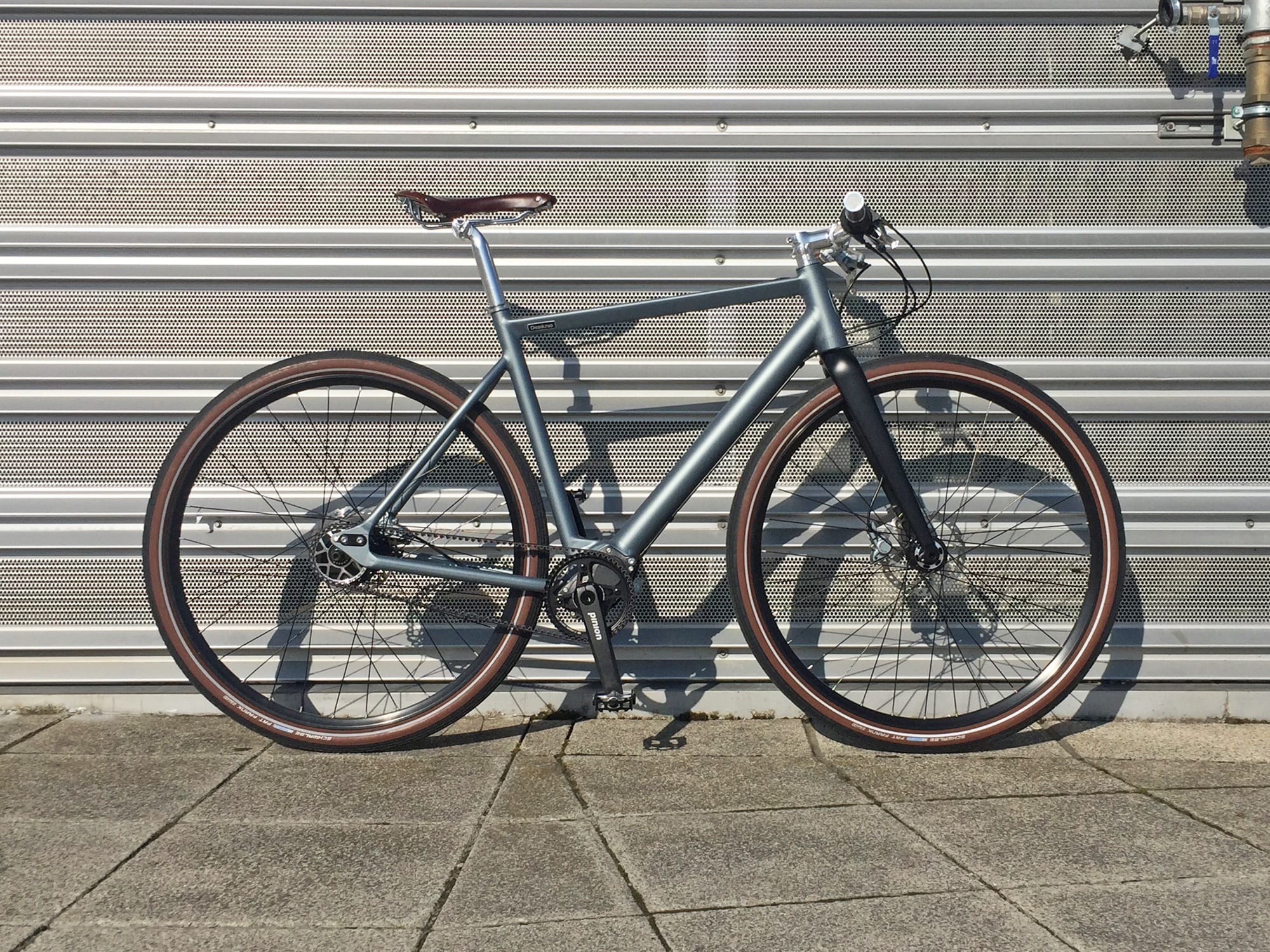


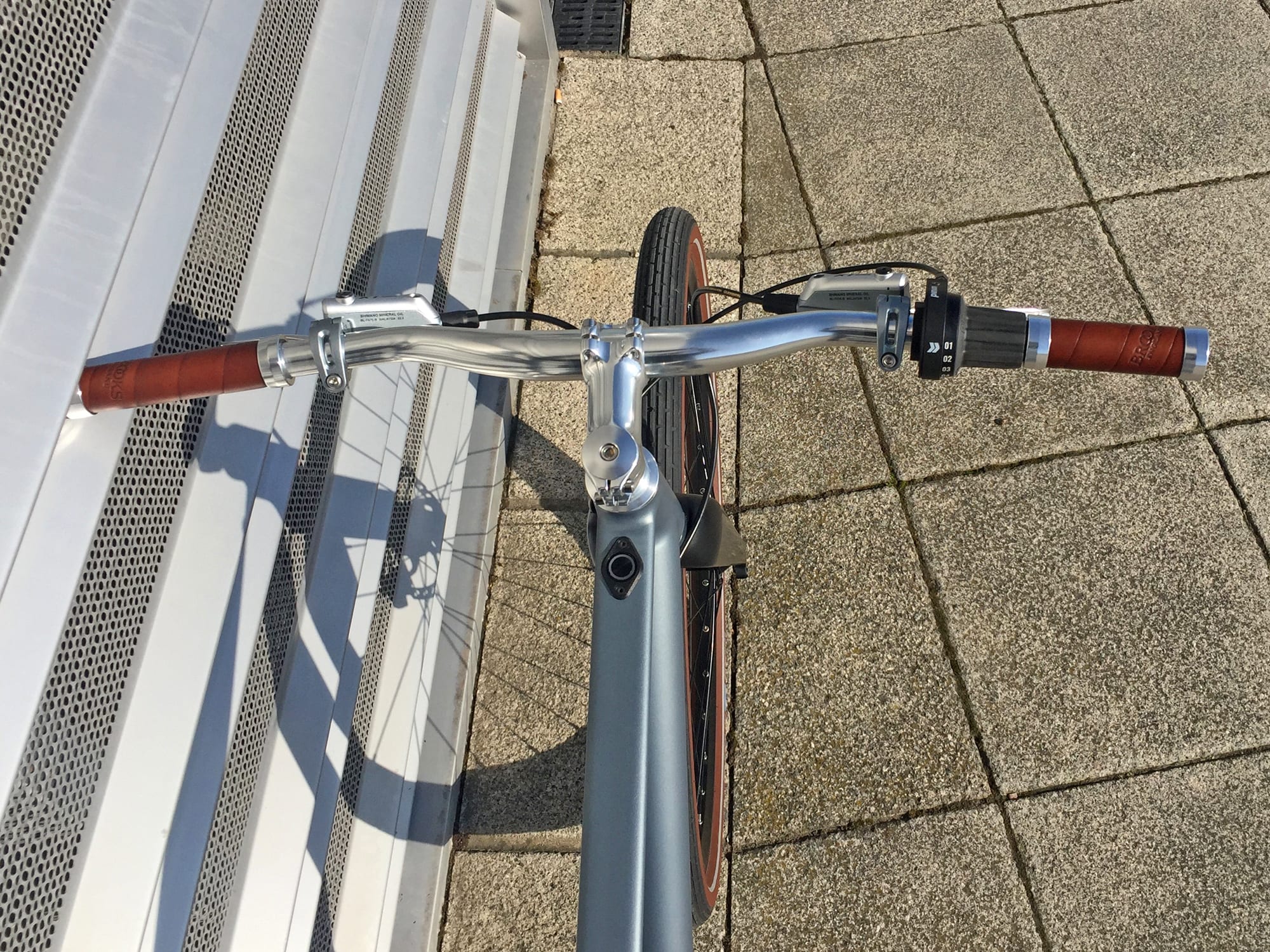
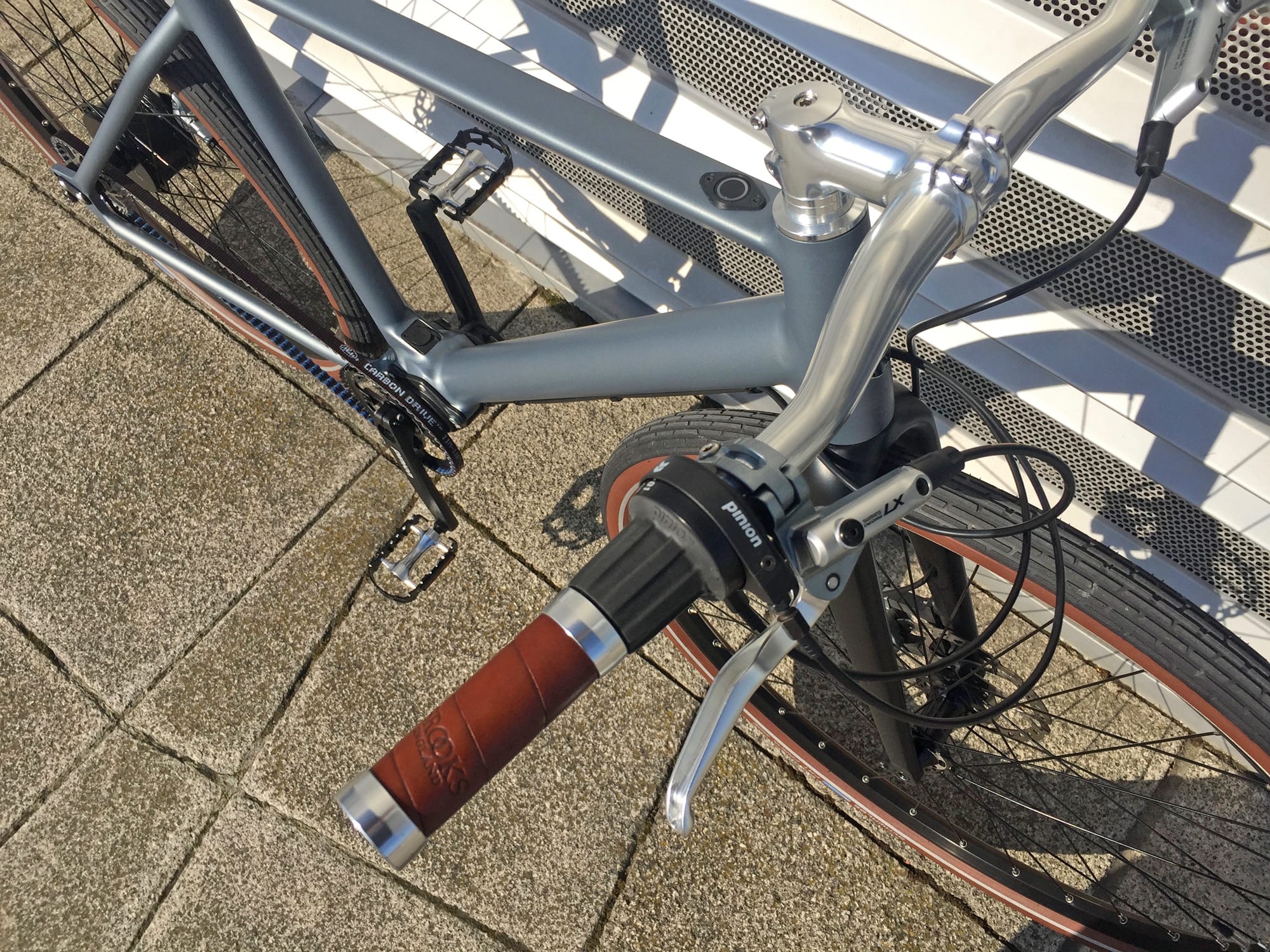
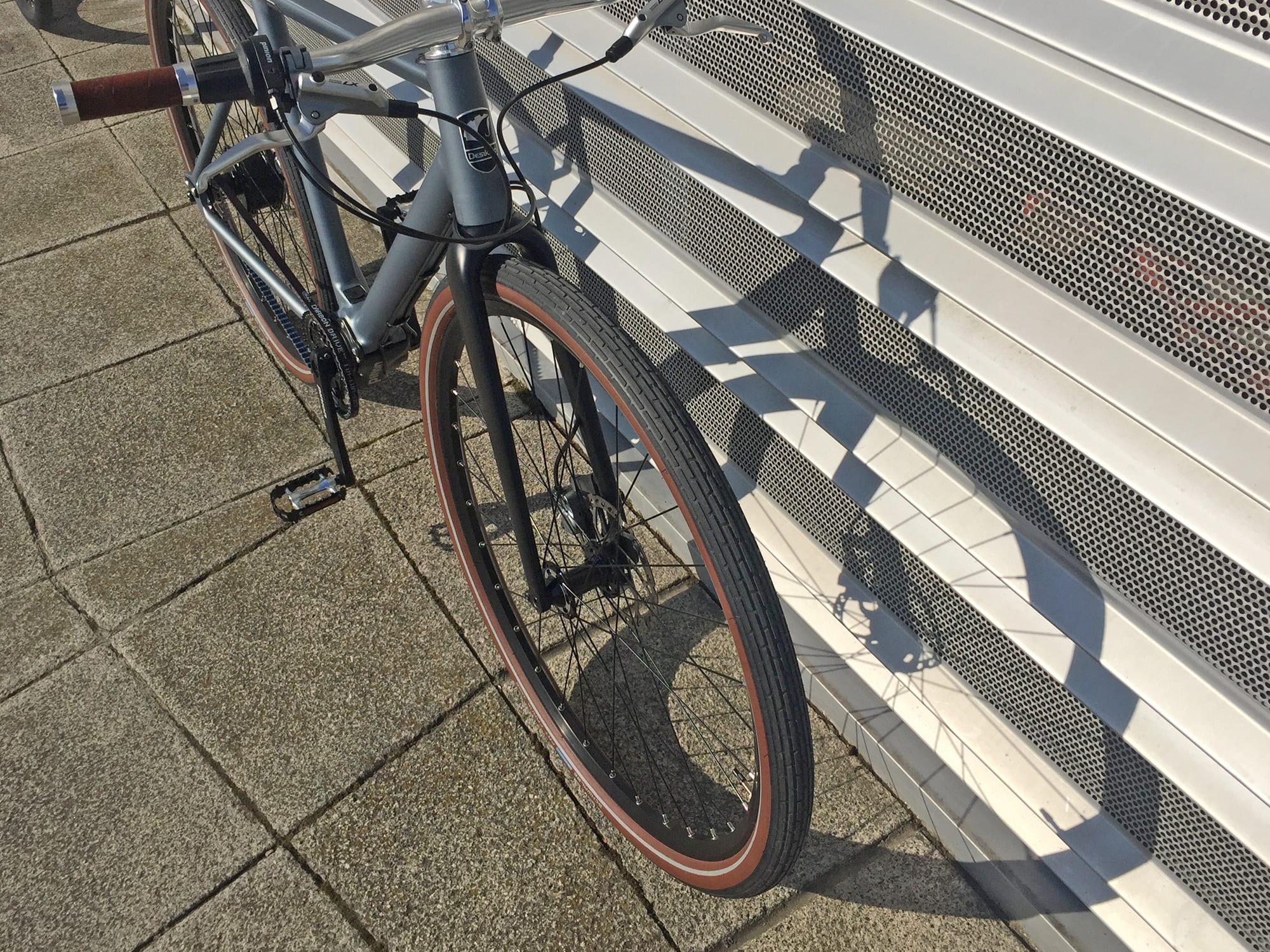
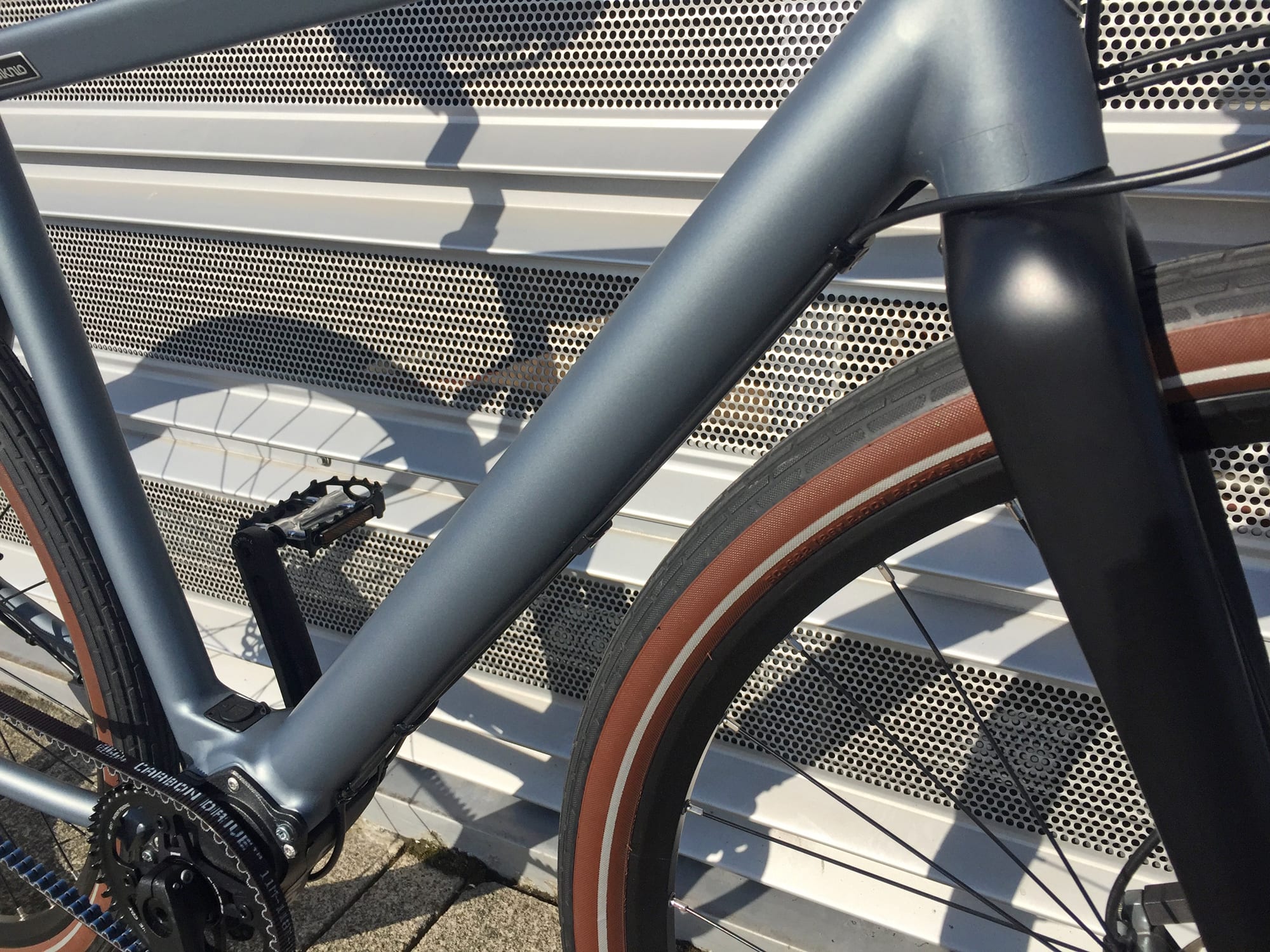
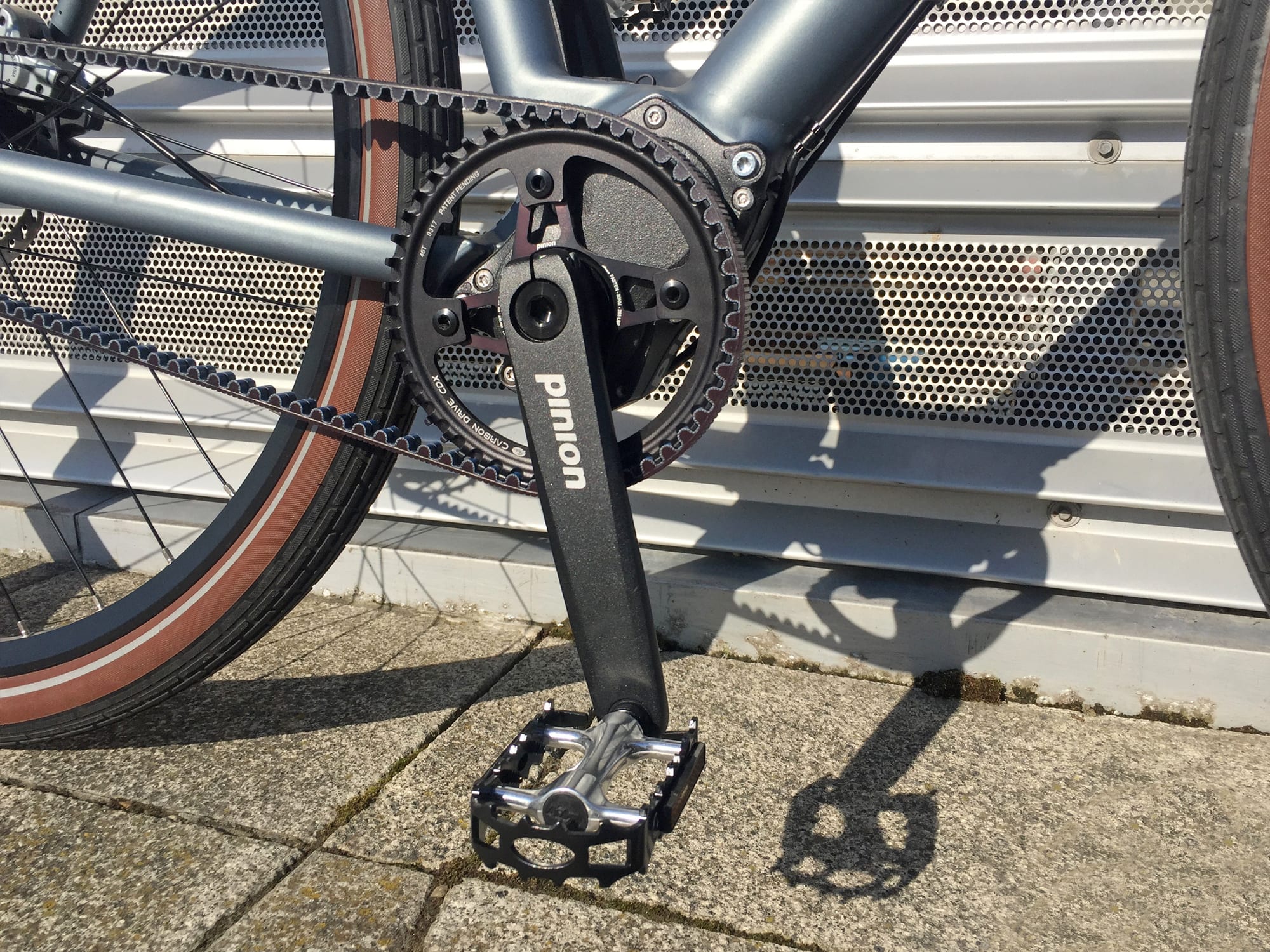
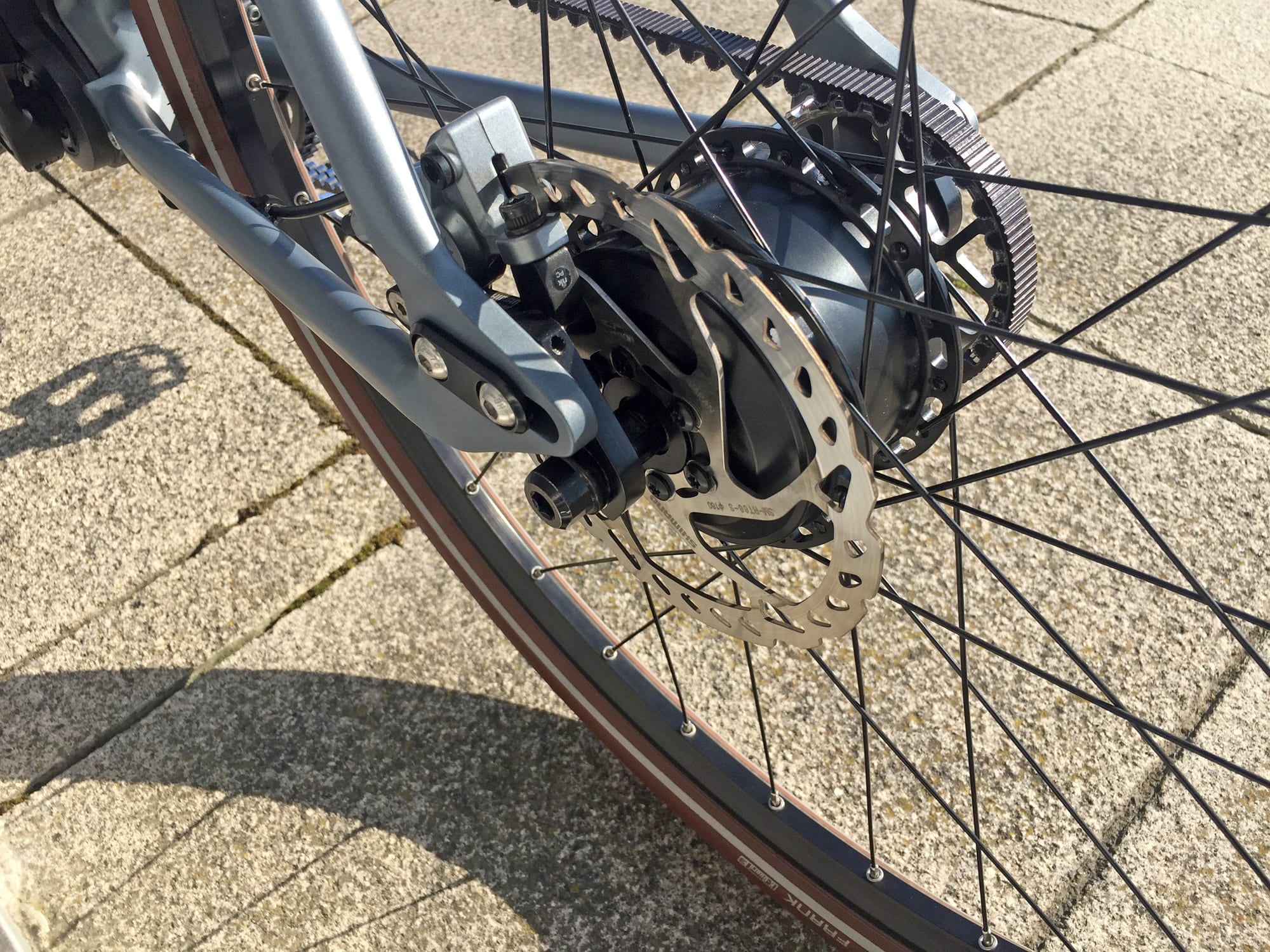
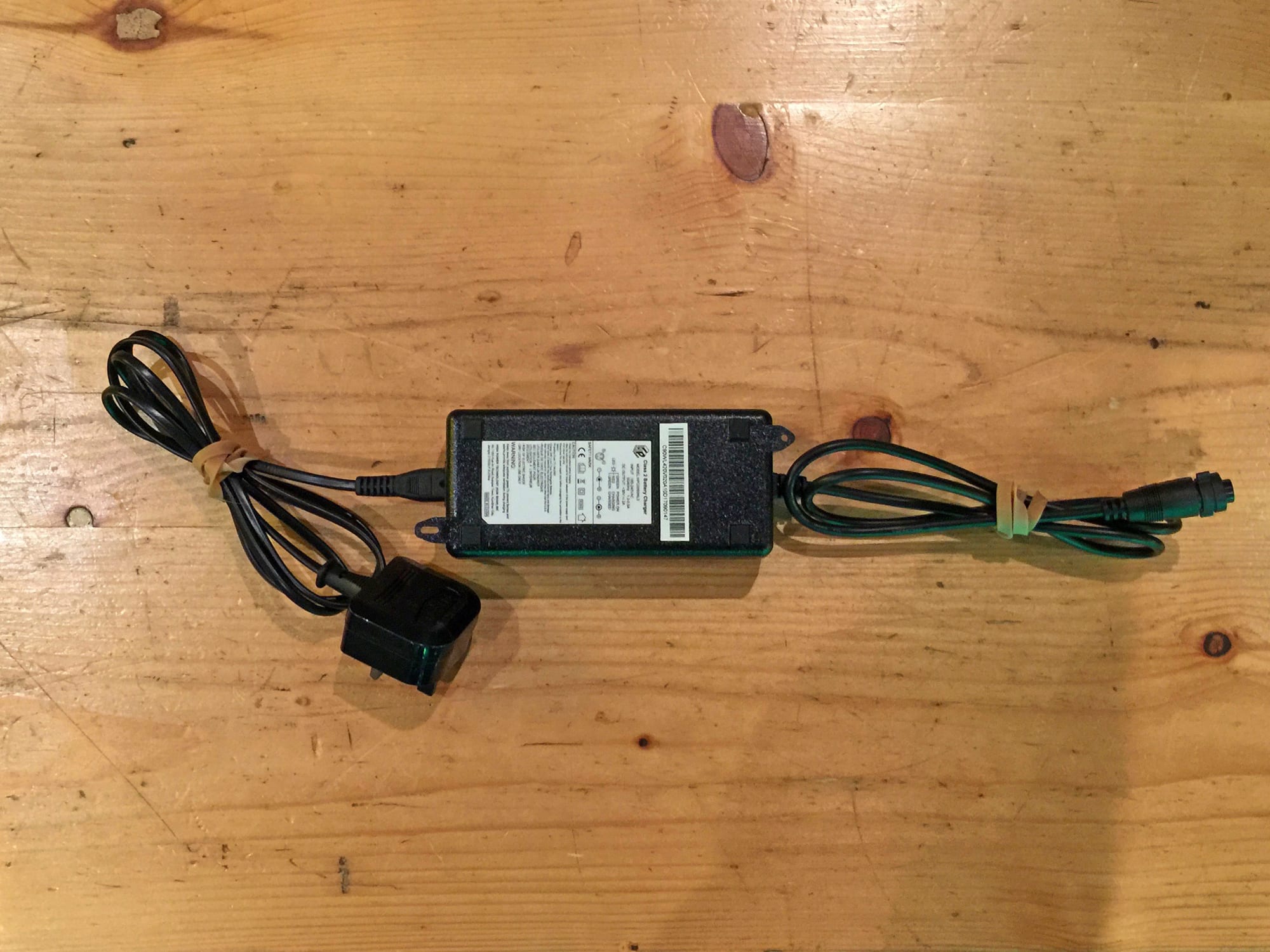

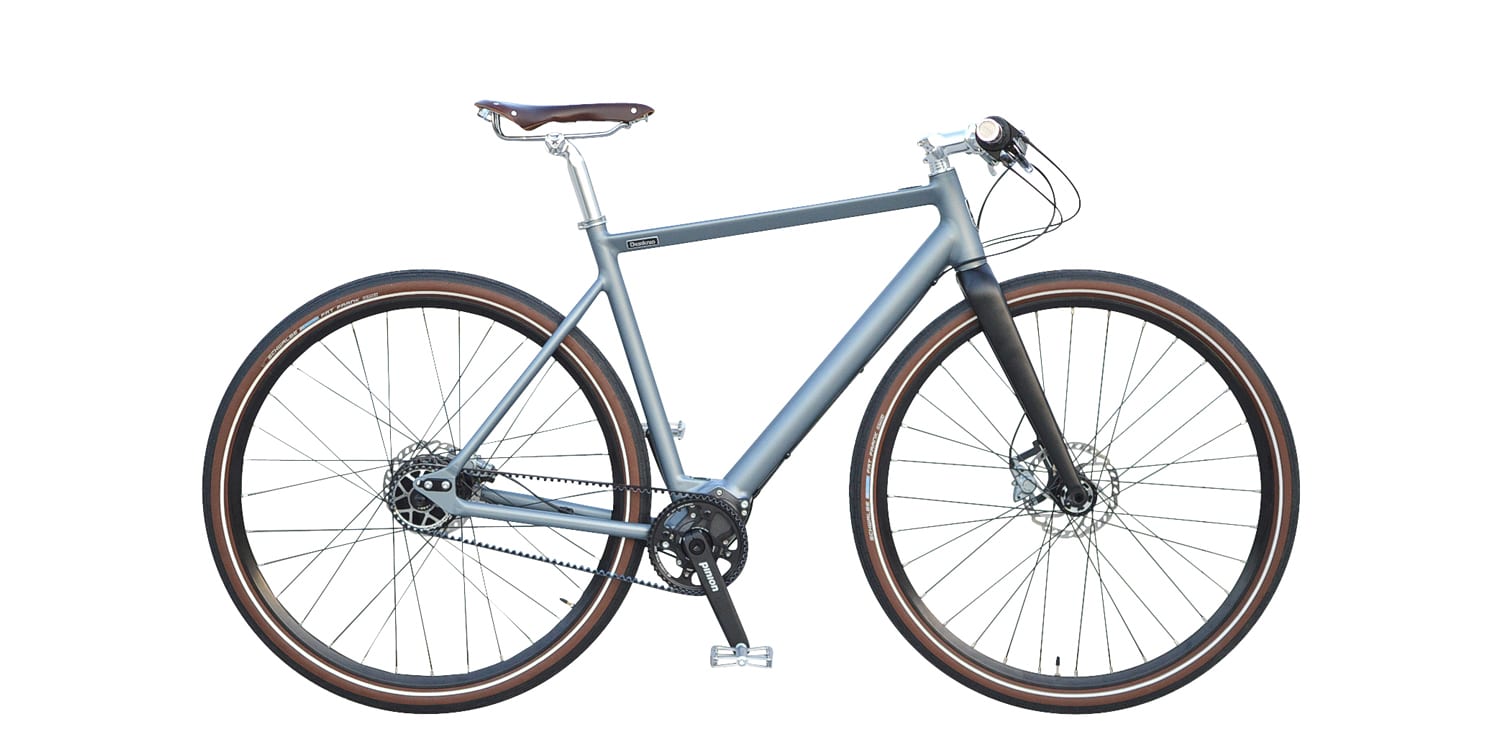
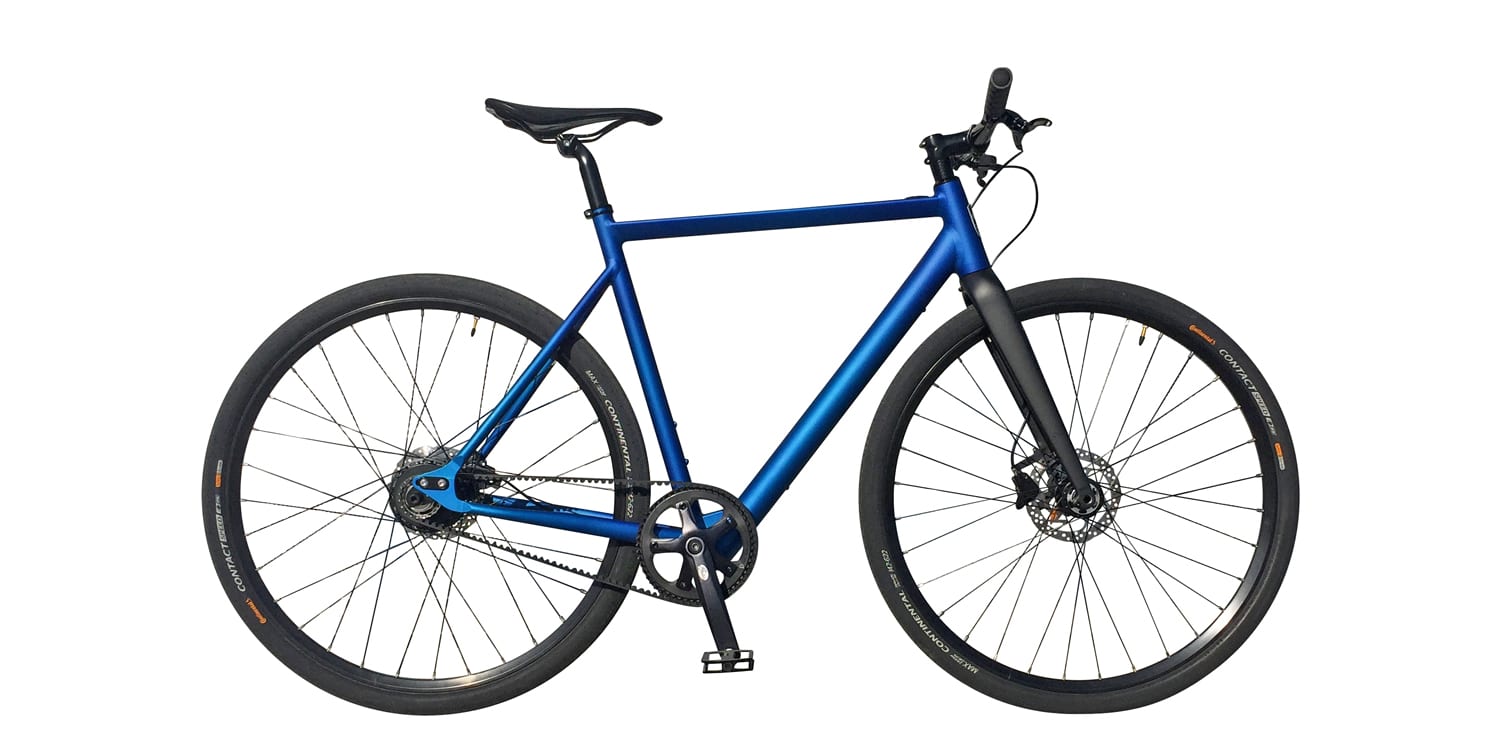
craig says
Good looking bike, but looks like it doesn’t have any fender or rack mounts even though they are listed under Attachment Points?
Court says
Hi Craig! I think the final builds may have them because the single speed did. I couldn’t confirm during the video but wanted to give them the benefit of the doubt because we were looking at a pre-production frame… I think. This video was filmed a while back and the company hasn’t gotten back to me about a few things so I just did my best :)
DM says
Any news on the US spec bike and eventual availability? There are no dealers outside of Europe listed on the Desiknio website.
Court says
Hi DM! Unfortunately no, I don’t have any info on a US specced bike from Desiknio or dealers. I reached out to them a couple of times with questions before posting this review, and didn’t hear back :/
DM says
Thanks for the clarification. It’s non-trivial to support a USA version, UL certification etc. I do hope it shows up in the USA sooner rather than later.
ted buzar says
hi I need desiknio ebike charger do have one regards Ted
Court says
Hi Ted! Oh, these ebikes are so cool… I’m sorry to hear that you don’t have your charger. I think they were only sold in the UK and I don’t have a contact for the company. You might want to see if any shops nearby sell this brand, or try to get someone who is good with electronics to help you figure it out. Here’s a closeup photo of the charger… but it’s a bit blurry, hope this helps!!